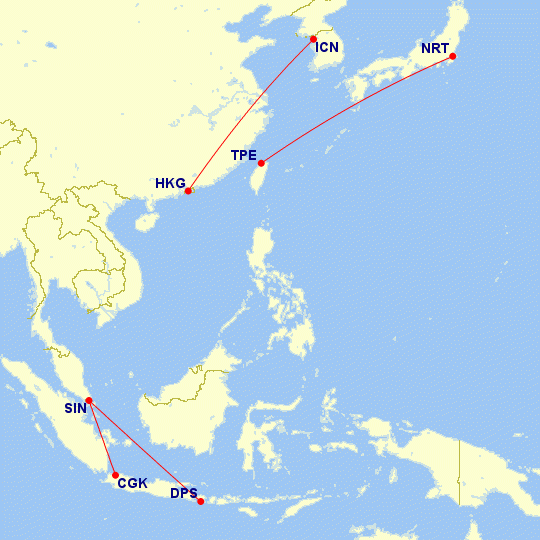Right now, Houston is going through one of the most severe storms ever to hit the USA. The main conversation on today’s news was whether the Mayor (who has authority to do such things) should have evacuated the City prior to the arrival of Hurricane Harvey.
For a start, NOAA did not forecast a direct hit on the City. But it was forecast that potentially devastating rains were on the way.
Houston has been here before, of course, in 2005 when the then Mayor did order that the city be evacuated. And around 100 died, as a result of the gridlock and heat.
But let’s think about what an uncontrolled evacuation of Houston would mean.
This is the map of the Houston highway system.

And here is is on Google maps.

While there is, of course, a Houston evacuation plan, assuming you want to avoid the Gulf of Mexico, the main routes are via the north and west: I69 to the north-east, I45 to the north, US Route 290 to the north-west, and I10 to the west.

Now let’s consider the capacity of these roads. The capacity of roads in the US is given by the Department of Transportation’s Highway Capacity Manual. While there is a whole science devoted to calculating freeway flow measurements, you need to take into account not only the capacity of the road (the number of cars), but also their speed. Combining these gives us a flow rate, i.e. the number of cars that will pass a point in a particular length of time. We can look at the academic literature to see what this is. Dixit and Wolshon (2014) have a nice study where they looked at maximum evacuation flow rates. Their Table 2 shows the empirical data, but it’s around 1,000 vehicles per hour per lane. Assuming the Houston metro system evacuation routes of the north and west are around 4 x 4 lanes. Give a factor of 1.5 for contraflows, and you have around 25 lanes. So that’s 25 x 1000 = 25,000 vehicles per hour. And let’s assume an occupancy of 4 passengers per vehicle (i.e. most would evacuate by car). So that’s 100,000 passengers per hour.
The problem with Houston is that it’s the USA’s fourth largest city. And that means it’s big. It (Greater Houston) has a population of 6.5 million. So that means 6.5 million / 100,000 = 65 hours. Non stop, day and night. Without accidents. A very bold move for a hurricane that was not due to hit directly.
And tropical storm watches are only typically issued 48 hours before winds are due to strike.
By not evacuating, resources are kept in Houston rather than being disseminated across the locations of incidents caused by evacuating traffic.
The real test however comes in the days and months ahead, where the process of rescue, recovery, and rebuilding is critical.
References
Dixit, V. and Wolshon, B. (2014) ‘Evacuation Traffic Dynamics’, Transportation Research Part C, 49, 114-125





